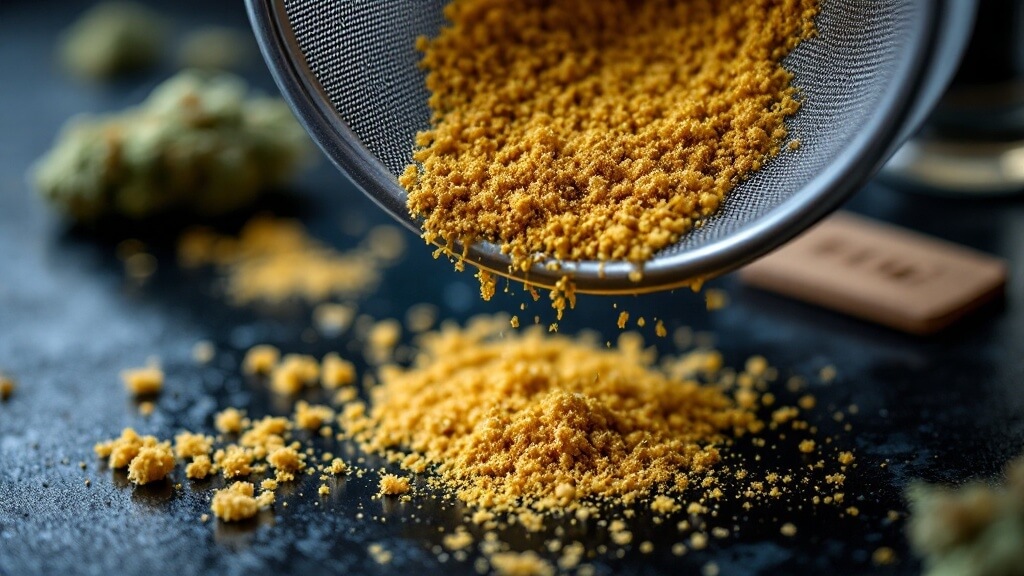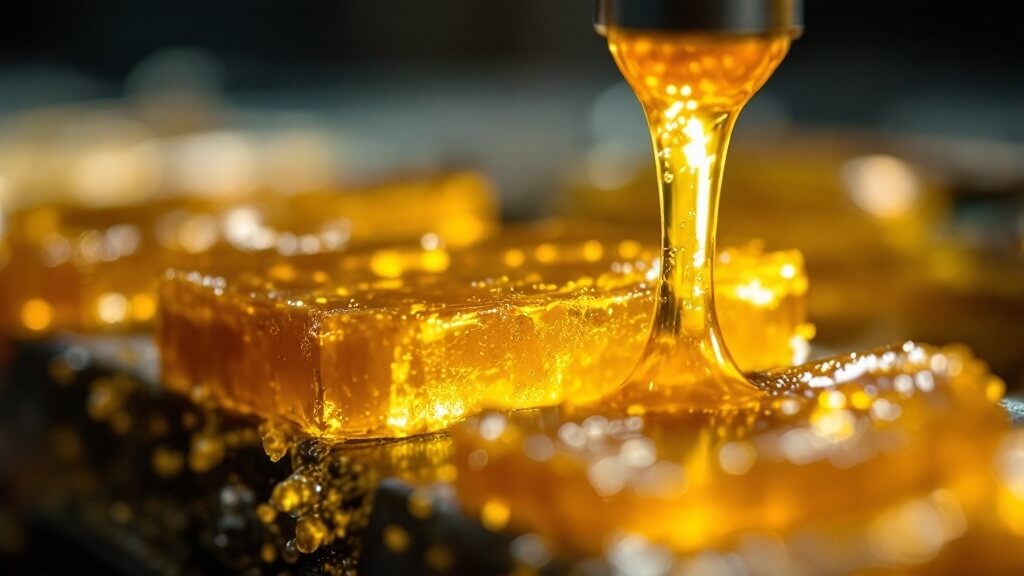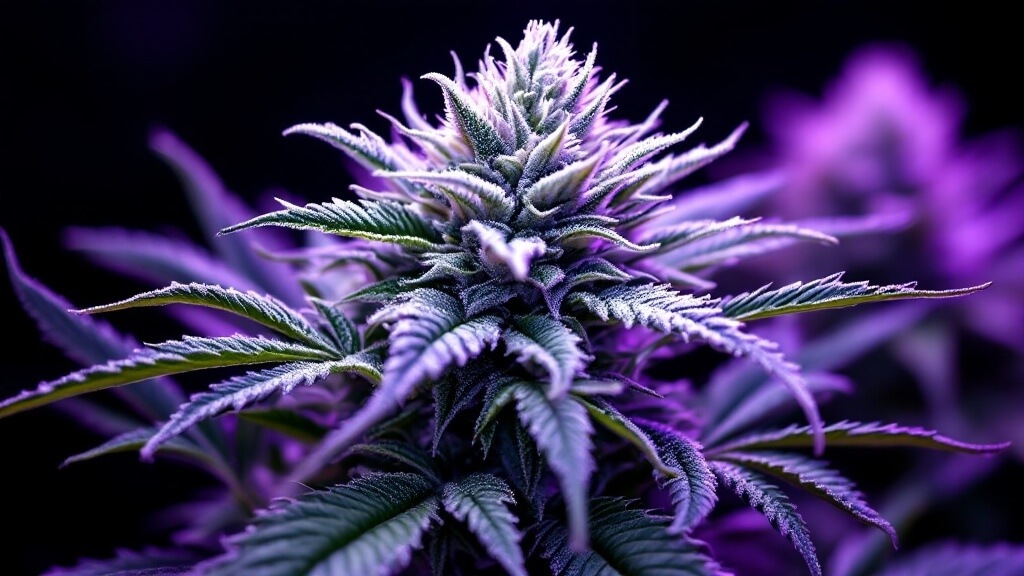Solventless THC extraction methods offer chemical-free alternatives that preserve cannabis compounds naturally. The three primary techniques include rosin pressing, which uses heat (190-220°F/88-104°C) and pressure to squeeze resin from plant material; ice water hash, which utilizes cold temperatures and agitation to separate trichomes through filtration screens; and dry sifting, which employs mesh screens to collect trichome heads as kief. These approaches eliminate potential solvent contamination while maintaining richer terpene profiles and flavor characteristics in the resulting concentrates.

As the cannabis industry evolves toward more natural processing methods, solventless THC extraction has emerged as a preferred technique for producing high-quality concentrates without chemical intervention. These methods rely on physical processes such as temperature, pressure, and agitation to separate trichomes from cannabis plant material. Consumers increasingly seek products free from potential chemical contamination, driving the popularity of solventless extracts in both commercial and home production settings.
The rosin press extraction method represents one of the most accessible solventless techniques available today. This process uses specialized heated plates to apply controlled heat and pressure to cannabis material, causing the resin to flow out while leaving plant matter behind. The resulting concentrate maintains exceptional purity and preserves the plant’s natural terpene profile, though yields are typically lower than solvent-based alternatives. The optimal pressing temperature of (190-220°F/88-104°C) range helps extract essential oils while preserving delicate compounds. Commercial operations and home enthusiasts alike appreciate this method for its simplicity and minimal equipment requirements. The resulting sappy, amber-hued resin is known for its purity and flavor characteristics that appeal to connoisseurs.
Rosin press extraction delivers unparalleled purity and terpene preservation through simple heat and pressure—nature’s own concentrate solution.
Ice water hash, another prominent solventless technique, relies on cold temperatures and agitation to separate trichomes from plant material. The process involves mixing cannabis with ice and water, then agitating the mixture to detach trichomes before filtering through a series of micron screens. Each screen captures differently sized particles, allowing producers to collect various grades of hash. While labor-intensive, this method excels at preserving delicate terpenes that contribute to the extract’s flavor and effects.
The dry sift technique offers yet another chemical-free approach to extraction. This method involves carefully sifting dried cannabis through fine mesh screens of varying micron sizes. As the plant material is gently agitated across these screens, trichome heads break off and fall through, creating a powdery substance known as kief. Though yielding less than other methods, dry sift requires minimal equipment while producing a pure, potent concentrate.
These solventless methods have gained significant traction in commercial cannabis processing due to their ability to maintain the plant’s natural compound profile. Without chemical solvents, the risk of residual contamination is eliminated, creating products that appeal to health-conscious consumers. The resulting concentrates often display richer flavor and aroma profiles compared to their solvent-based counterparts. As the cannabis industry continues to mature, these physical separation techniques represent a growing segment focused on natural processing and premium product quality.
Frequently Asked Questions
How Does Solventless THC Compare to Solvent-Based Extraction Methods?
Solventless THC extraction differs from solvent-based methods in several key aspects.
While solventless techniques utilize physical processes like heat, pressure, and filtration, solvent-based methods employ chemicals to dissolve compounds.
Solventless extracts offer superior purity without residual chemical contamination, better preserve terpene profiles, and deliver enhanced flavor.
However, they typically yield less product and require more labor.
Solvent-based methods process larger volumes efficiently but necessitate thorough purging to remove potentially harmful residues.
What Equipment Do I Need to Start Solventless THC Extraction?
For basic solventless THC extraction, one needs ice water hash washing systems with bubble bags for filtration and a freeze dryer to preserve terpenes.
A rosin press applies heat and pressure to create concentrated extracts.
Temperature control equipment, including chillers and dedicated freezers, maintains ideal conditions throughout processing.
Stainless steel tools, digital scales, and proper workspace with ventilation complete the essential setup.
Advanced operations may incorporate nitrogen systems and automated filling equipment for commercial-scale production.
Are Solventless THC Extracts More Potent Than Traditional Methods?
Solventless THC extracts are generally less potent than traditional solvent-based methods.
While solventless techniques preserve a broader spectrum of plant compounds and terpenes, they typically yield concentrates with lower THC percentages.
Solvent-based extractions using butane, ethanol, or CO2 can achieve THC levels exceeding 80-90%, as these chemicals efficiently strip cannabinoids from plant material.
The potency difference occurs because mechanical separation cannot extract cannabinoids as thoroughly as chemical solvents, regardless of starting material quality.
Can Solventless Extraction Methods Be Used for CBD Too?
Solventless extraction methods are indeed suitable for CBD production.
These techniques, including rosin pressing, dry sifting, and ice water extraction, work effectively with CBD-rich cannabis or hemp plants. The processes preserve the full spectrum of compounds, maintaining terpenes and minor cannabinoids without introducing chemical solvents.
While yields may be lower compared to solvent-based methods, solventless CBD extracts offer enhanced purity, better terpene preservation, and eliminate concerns about residual solvents in the final product.
How Long Does Solventless THC Extraction Typically Take?
Solventless THC extraction typically requires 12-24 hours from start to finish.
The process involves multiple steps: agitation in ice water (2-20 minutes per cycle), repeated 4+ times; collection and filtration through micron bags (several minutes per run); and finally, freeze drying (several hours or overnight).
While hands-on processing takes approximately 1-3 hours per batch, the drying phase constitutes the majority of the total process time.









